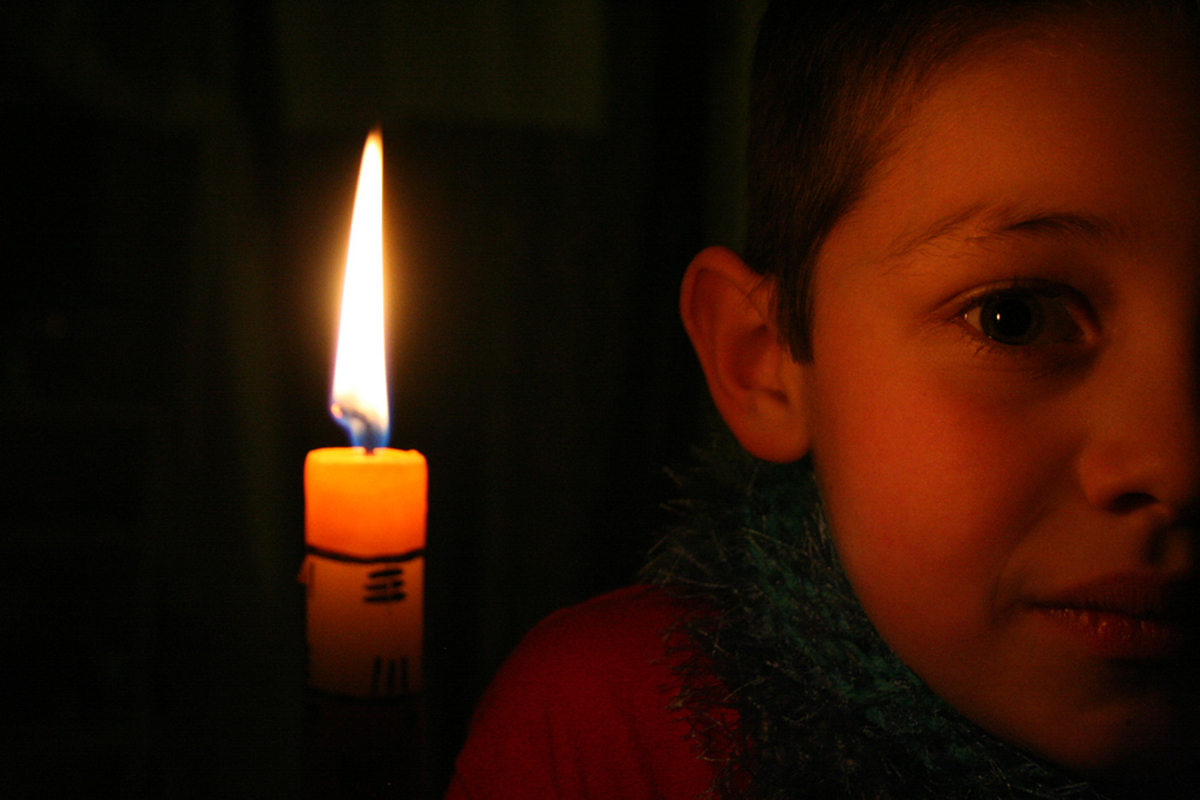Table of Contents
Based on their severity we can have first degree burns, second degree burns, third and fourth degree burns.
First Degree burns are the least worrisome, as they affect only the epidermis of the skin. The most common type of first degree burns are sunburns, and they present as a red hardened patch on the exposed areas. They are generally painful, but resolve with time and on their own, within 5-10 days.

Second degree burns affect the epidermis and the dermis. They can be either superficial or deep. When they are superficial, they extend only up to the superficial layer of the dermis (called the papillary layer). When they are deep, they extend up to the deep reticular layer of the dermis. Superficial second degree burns generally appear red with blisters, blanch with pressure and are very painful. Deep second degree burns however appear yellow or white, are less blanching and less painful, and since they are more severe than their superficial counterpart they take longer to heal. Blisters may or may not be present.
Third degree burns are also called “full thickness” burns because they extend through the entire layer of the dermis. They appear completely yellow or white, are non-blanching and do not cause any pain. The latter is due to the fact that the dermis is the layer of the skin where the nerves are located, and because of complete damage of that layer, pain impulses (via nerves) cannot be transmitted.
Fourth degree burns are undoubtedly the worst and the most severe type of burns. Here, the damage extends passed the epidermis and the dermis, and goes through the underlying fat and muscle tissue of the affected area. On appearance, they are dry and present with an eschar. They cause significant impairment of the affected area, and in some cases, death may result due to the extent of the damage.
Dealing with Burns
Now that we understand better what the different types of burns are, it becomes much easier to identify them and to know when to call a Doctor.
See Also: Home Remedies for Skin Burns and Cuts
Second degree burns definitely require medical assistance. Because burn wounds are prone to infections, you should wrap your child (or at least the affected areas) in clean sheets and bed linen on your way to the hospital, and once admitted to the hospital they will be transferred to a sterile room to decrease the risk of infections. Then, the doctor will assess the extensiveness of the burns, which can indicate how much fluids were lost as a result of the burns. Based on that, the doctor will decide whether to start Intravenous Fluid therapy or simply encourage oral rehydration. For the treatment of burn wounds, perforation of the blebs (blisters) is indicated, following which a Silver Sulfadiazine ointment (or a similar antibiotic cream) is applied topically to promote infections-free healing. Analgesics (ibuprofen, acetaminophen) can also be given for pain management. Third degree burns generally require surgical grafting, and fourth degree would require amputation of the affected body part. However, those options would be further discussed with you as the parent of the affected child.
- Photo courtesy of Kristopher Volkman by Flickr : www.flickr.com/photos/three_if_by_bike/4941817656
- Photo courtesy of kelly taylor by Flickr : www.flickr.com/photos/wmshc_kiwitayro/3291320917


Your thoughts on this